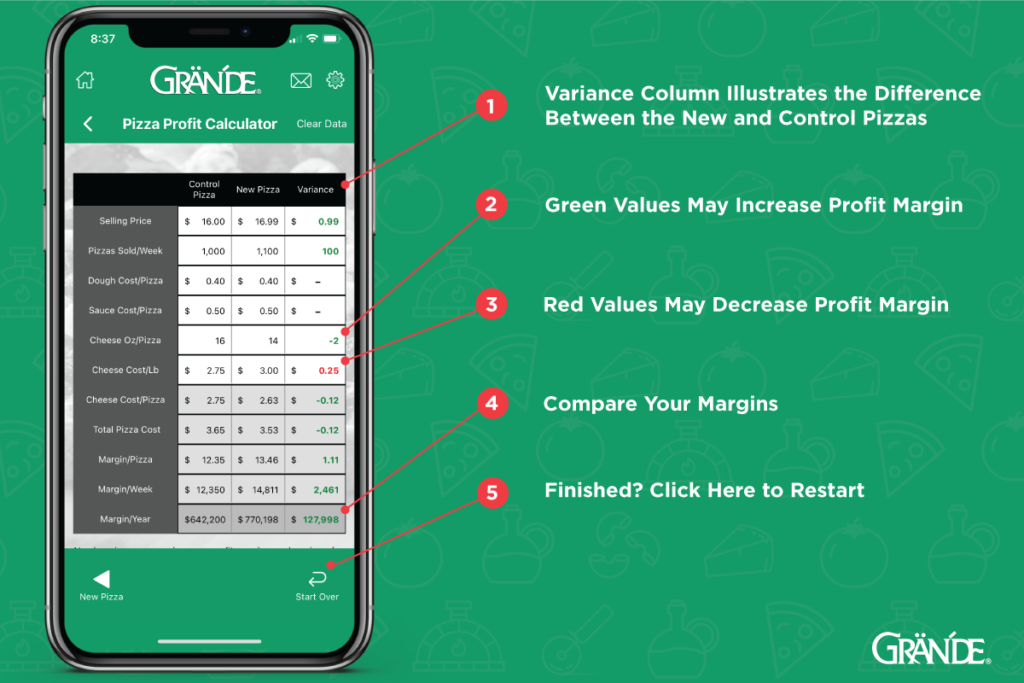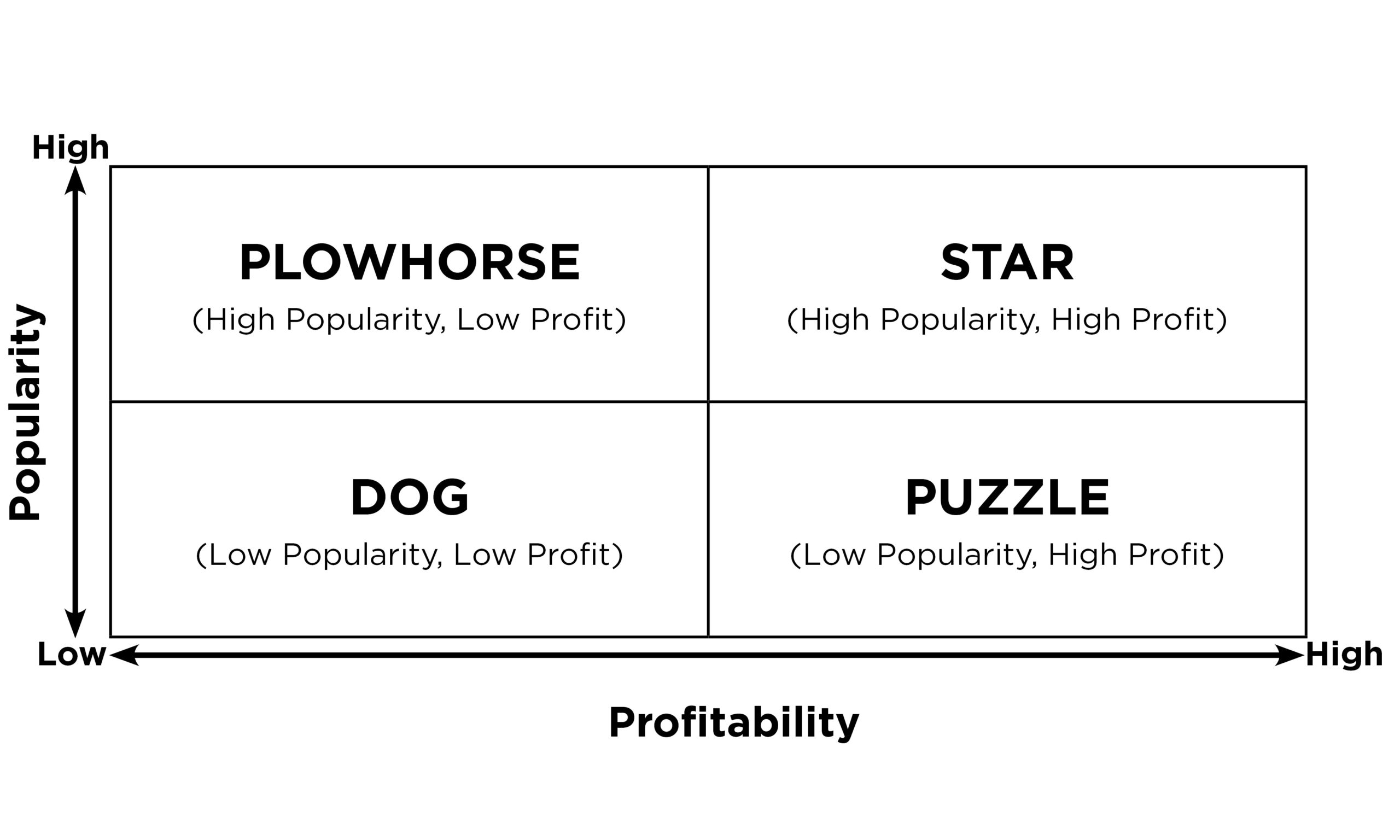
All
Introducing the Newly Improved Grande Cheese App
We are excited to share the updated Grande Cheese App! Read the blog to learn more about what's been added.
Menu engineering is an analytical and creative process that ensures your menu maximizes profits for your restaurant. According to menu engineering expert Gregg Rapp, a well-designed menu can lead to a 10% increase or more in average check sizes.¹ The process of analyzing your menu prices alongside the layout and design of the menu allows you to create your menu in a way that encourages customers to order the most profitable items. It is both an art and a science. Without the right design, you may not be highlighting your restaurant’s most popular and profitable items. And without analyzing your costs and prices, a beautifully designed menu won’t help pay the bills.
The first step is to cost out each item on your menu, recording the cost of each individual ingredient that goes into your recipes. Once you have determined your portion costs, you can calculate the contribution margin, which is the profit you make per item.
Example for an order of Garlic Knots:
Selling Price: $4.99 – Portion Cost: $0.69 = $4.30 Contribution Margin
The new Grande Cheese App is designed specifically to make this easy. Input your ingredient and recipe information and watch automatic calculations do the math of finding your contribution margins, suggested menu prices and more! Click here to learn more about the app, available to all Grande 100-Percenters.
The next step is to categorize your menu items by high or low profitability and high or low popularity to determine where they should be placed on the menu. Popularity is based on the sell rate compared to other items on your menu. If you sell 500 orders of Garlic Knots per week and only 50 Garden Salads during the same time period, the Garlic Knots would be considered to have a high popularity. Make sure to analyze and compare all your menu items before determining which category they belong in. Use our Menu Engineering Template to help you analyze your menu items.
Those with the highest profitability and popularity are the items you want to feature and highlight on your menu. These are the items you want to sell the most of, so getting your customers to notice them is critical. This is where the actual menu design comes into play. When designing the menu, keep the four categories below in mind as they will guide the placement, size and treatment of the how they appear on your menu. Research of in-house menus shows that 80% of a restaurant’s food sales come from only 16% of menu items.² You may want to limit the number of items available on your menu and identifying your “dogs” is a good place to start.

In addition to deciding if an item belongs on your menu and where it should be located, a number of other factors should be considered to make your menu more profitable and appealing to your customers. Grande offers menu design services exclusively to Grande 100-Percenters at a competitive price through our Solutions @ Work program. Work one-on-one with our team of experts to design your menu, or consider these best practices:
The science of an eye-tracking study can be used to validate your new menu design. When you create your menu with Grande’s Solutions @ Work team of experts, this analysis is available for you to leverage upon request. By measuring the focus and movement of the reader’s eye, the eye tracking software identifies which visual elements grab his or her attention within the first 3-5 seconds of viewing the menu. This allows our team to ensure that the menu items or messaging that you want to focus on most are placed appropriately in these “areas of interest.”
By following the eye’s movement patterns, the analysis can visualize which order it picks up specific information. This helps our designers determine the ideal location for placing additional menu items and information throughout the menu. For details on how to leverage this technology, contact our Solutions @ Work team.
What works for one restaurant when it comes to menu engineering may not work for another. You need to consider your customer base, competition and location. QSR pizzerias in New York City and a casual dining Italian restaurant in Kansas City will end up with completely different menu designs, but the process to get there should be the same. The below list outlines some tips and tricks to make sure you develop the most profitable menu for your restaurant.
Your menu should be considered part of your overall marketing efforts. It should promote your most profitable menu items and encourage your customers to spend more.
1 Pared, December 2019
2 Upserve, 12 Data-Driven Factors to Guide Your Restaurant Menu Design, 2017
3 Datassential, Outlook for Casual Dining, 2018